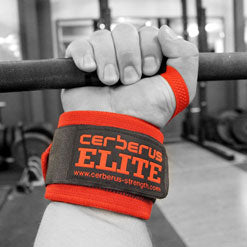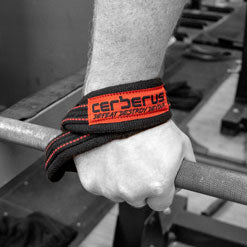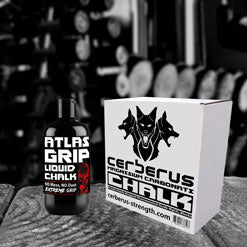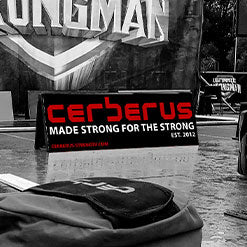
Accessory exercises are a critical component of a powerlifting program, as they help address weaknesses, improve imbalances, and enhance overall strength in the main lifts – squat, bench press, and deadlift. Choosing the correct accessory exercises tailored to individual needs and goals is essential for maximizing performance and progress in powerlifting. In this article, we discuss the process of selecting accessory exercises correctly, provide a deeper analysis of common weaknesses in each lift, and offer exercises to specifically target those weaknesses.
Identifying Weaknesses in the Main Lifts:
Before selecting accessory exercises, it's crucial to identify specific weaknesses in the squat, bench press, and deadlift. Here are some common weaknesses and corresponding accessory exercises to address them:
Squat Weaknesses and Accessory Exercises:
1. Weak Quadriceps: Front Squats, Lunges, Leg Press
2. Poor Core Strength: Planks, Russian Twists, Weighted Carries
3. Instability in the Bottom Position: Pause Squats, Tempo Squats, Box Squats
4. Forward Lean: Good Mornings, Reverse Hypers, Goblet Squats
Bench Press Weaknesses and Accessory Exercises:
1. Weak Lockout: Close-Grip Bench Press, Skull Crushers, Overhead Tricep Extensions
2. Poor Upper Back Strength: Rows, Pull-Ups, Face Pulls
3. Inconsistent Bar Path: Floor Press, Board Press, Pause Bench Press
4. Lack of Leg Drive: Leg Press, Leg Extensions, Hip Thrusts
Deadlift Weaknesses and Accessory Exercises:
1. Weak Off the Floor: Deficit Deadlifts, Romanian Deadlifts, Stiff-Leg Deadlifts
2. Poor Lockout Strength: Rack Pulls, Hip Thrusts, Glute Ham Raises
3. Grip Strength Issues: Farmer's Holds, Plate Pinches, Wrist Curls
4. Lower Back Weakness: Hyperextensions, Back Extensions, Reverse Hypers
In-Depth Analysis of Weaknesses and Exercises:
For example, if you struggle with the lockout portion of your deadlift, your accessory exercises should focus on strengthening the glutes, hamstrings, and lower back. Exercises such as Rack Pulls, Hip Thrusts, and Glute Ham Raises can help improve your lockout strength by targeting these muscle groups. By incorporating these exercises into your training routine, you can address this specific weakness and enhance your overall deadlift performance.
Similarly, if you experience instability in the bottom position of your squat, accessory exercises like Pause Squats, Tempo Squats, and Box Squats can help improve your control and strength in that position. These exercises force you to maintain tension and stability throughout the movement, translating to better performance in the squat.
By identifying weaknesses in your squat, bench press, and deadlift and selecting appropriate accessory exercises to target those weaknesses, you can enhance your performance, address imbalances, and make progress in your powerlifting journey. Incorporate a variety of accessory exercises that address different aspects of strength and technique, and regularly assess your progress to ensure that you are effectively addressing your weaknesses. With a strategic approach to accessory exercise selection, you can optimize your training and improve your performance in the main lifts.















































